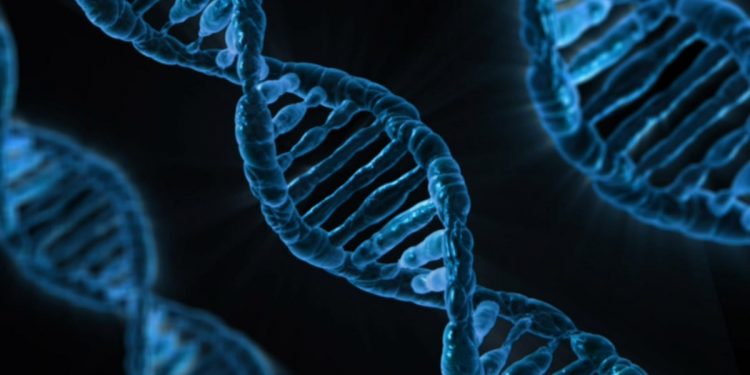New York: Scientists have synthesised a molecular system that, like DNA, can store and transmit information, suggesting there could be an alternative genetic system for life that may be possible on other worlds.
The team, led by Steven Benner at the Foundation for Applied Molecular Evolution in Alachua, Florida, successfully achieved the fabrication of a new informational molecular system that is like DNA, except in one key area: the new molecule has eight informational ingredients instead of four.
The synthetic DNA includes the four nucleotides present in Earth life — adenine, cytosine, guanine and thymine — but also four others that mimic the structures of the informational ingredients in regular DNA.
The result is a double-helix structure that can store and transfer information, according to the research appearing in the journal Science Magazine.
They dubbed the creation “hachimoji” DNA (from the Japanese “hachi” meaning “eight,” and “moji” meaning “letter”). Hachimoji DNA meets all the structural requirements that allow our DNA to store, transmit and evolve information in living systems.
“By carefully analysing the roles of shape, size and structure in hachimoji DNA, this work expands our understanding of the types of molecules that might store information in extraterrestrial life on alien worlds,” said Benner.
This new molecular system, which is not a new life form, suggests scientists looking for life beyond Earth may need to rethink what they are looking for.
This study opens the door to further research on ways life could structure itself in environments that we consider inhospitable, but which might be teeming with forms of life we have not yet imagined, the researchers said.
“Life detection is an increasingly important goal of NASA’s planetary science missions, and this new work will help us to develop effective instruments and experiments that will expand the scope of what we look for,” said Lori Glaze, acting director of NASA’s Planetary Science Division.
IANS







































